|
-
27th March 12, 06:14 PM
#1
A 60 year old kilt re-build
Many of you remember when I did a long pictorial which is part of this thread (click here), where one of our members asked if a kilt should change size as it is worn. In that thread I tested the kilt and then rebuilt it for him to include the stabilizer and interfacings which were missing.
And some of you may remember that I am now the Regimental Kiltmaker to the Canadian Scottish Regiment.
We have been getting kilts here at the shop for repair. Some are old and some pretty recent. All of these kilts have suffered far more abuse than what a kilt would normally go through. They are worn in rain, mud, on parade and in the field. They are issued to new troops with very little knowledge of how to care for a kilt and because they are issued the troops have little concern in taking care of them.
Here is just one of the kilts that has come in. Many of the Regimental kilts look like this when I get them.

This kilt was made by a reputable traditional kiltmaker here in BC and is only about 12 years old.
Today I began the repairs to a kilt that at first glance I thought was new and would need new straps and buckles and a new waistband. Can you imagine my surprise when I found this label inside.
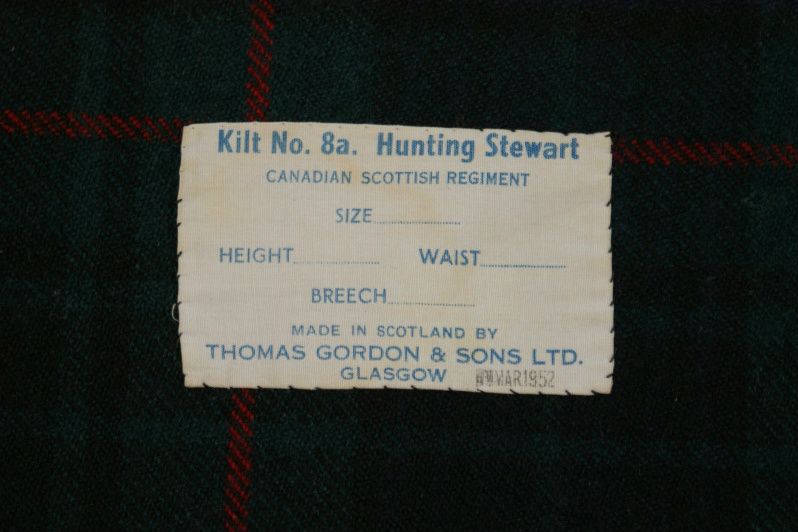
Note the date stamped in the lower right corner. That's right, March 1952. That makes this kilt 60 years old.
Here is what a 60 year old kilt looks like.
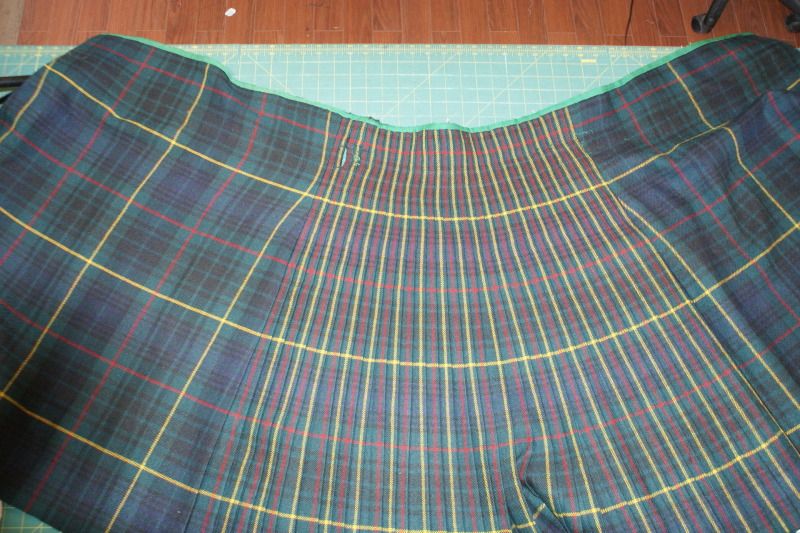
A pretty dramatic contrast to the kilt in the first photo.
I thought some of you would enjoy seeing what it takes in the way of construction to allow a kilt to survive 60 years of total abuse.
Last edited by Steve Ashton; 27th March 12 at 06:55 PM.
-
-
27th March 12, 06:22 PM
#2
Definitely looking forward to following this threads course. Color me eagerly fascinated already in anticipation.
-
-
27th March 12, 06:29 PM
#3
 Originally Posted by ForresterModern

Definitely looking forward to following this threads course. Color me eagerly fascinated already in anticipation.
***
I am astounded that that kilt is over 1/2 C. old, and can't wait to take a peek at it's "guts".
 ith: ith:
-
-
27th March 12, 06:48 PM
#4
-
-
27th March 12, 07:23 PM
#5
Very interesting indeed. Can't wait to see what lurks inside the waistband of this kilt.
His Exalted Highness Duke Standard the Pertinacious of Chalmondley by St Peasoup
Member Order of the Dandelion
Per Electum - Non consanguinitam
-
-
27th March 12, 07:38 PM
#6
Thanks for this thread Steve. I have recently obtained a kilt made c1954, in Australia, from tartan woven in Australia and is showing some of the problems you have already mentioned. I will be eagerly following this thread to see what you discover
Shoot straight you bastards. Don't make a mess of it. Harry (Breaker) Harbord Morant - Bushveldt Carbineers
-
-
27th March 12, 07:39 PM
#7
Steve, could the fell edge of the front apron have that "wandering" yellow stripe as evidence of a build designed for a relatively thin waist and a flair of the typically higher than civilian rise to accommodate a larger chest than waist? And what about the two different length buckle holders? Same purpose? Just thinking out loud.
-
-
27th March 12, 07:56 PM
#8
FM,
I don't thing we are looking at flair here. Yes, this is an older, military kilt but the waist height is about the same as what we would find on kilts today.
the extremly high waist kilts you refer to were when the fabric was a standard width and not cut to make the kilt. These WWI type kilts could be unstitched if the hem is torn or if the outside is damaged. They would then be flipped top-to-bottom of inside-out and restitched to give extended wear. By the 1950's when this kilt was made this practice was gone and kilts were made very much like they are today.
This kilt has a standard 2" rise.
Also, if you build flare into the kilt is is usual to do it evenly on each side of the apron and in small amounts in each pleat. This give a uniform look to the kilt.
This kilt has the apron lopsided. This difference side to side of the outer apron even causes the Tartan stripes to skew off to the wearers right.
The under apron does not show this difference.
My best guess at this stage is that this is some sort of inexperienced alteration.
Last edited by The Wizard of BC; 27th March 12 at 07:57 PM.
Steve Ashton
www.freedomkilts.com
Skype (webcam enabled) thewizardofbc
I wear the kilt because: Swish + Swagger = Swoon.
-
-
27th March 12, 10:06 PM
#9
Hopefully you can open up that first pleat and correct that curve... Looks a lot like something that happened on the test fabric when I first figured out how to machine stitch from behind to keep the stitching invisible - somehow one of my pins only went through the top fold of fabric... When one layer of fabric slipped as I was sewing, it left a very similar curved line.
Fingers crossed that whoever tried to squeeze so much shaping into one pleat didn't do any chopping.
I'll be watching this thread very closely.
-
-
27th March 12, 11:23 PM
#10
Fascinating stuff. Can't see the pictures yet but I'm looking forward to how this develops and following it more closely when I get home. Cheers Steve. I like these re-build threads.
-
 Posting Permissions
Posting Permissions
- You may not post new threads
- You may not post replies
- You may not post attachments
- You may not edit your posts
-
Forum Rules
|
|















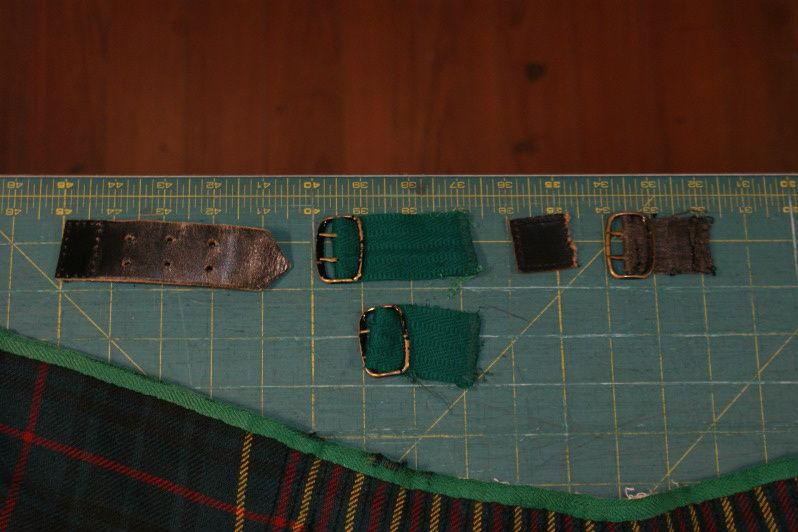
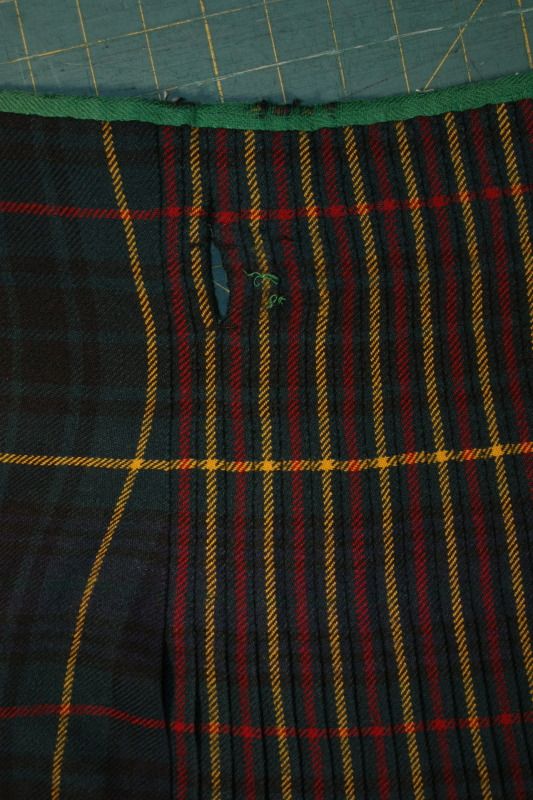
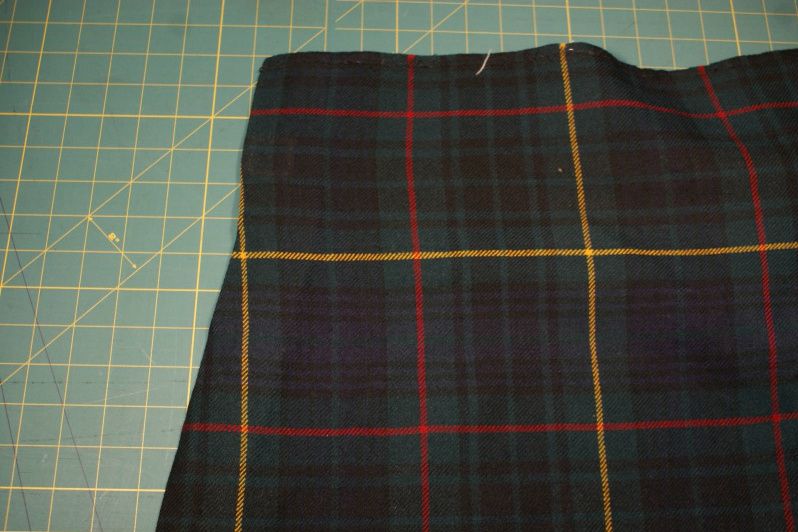









Bookmarks